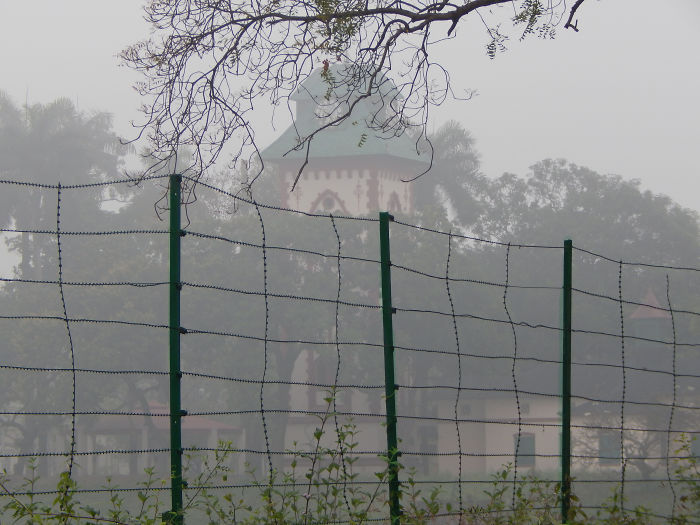
One Misty Morning At Indian Institute Of Engineering Science & Technology-shibpur, Howrah.
I took a few clicks around the campus one morning. It was misty, serene, peaceful and imbibed with natural beauty. The campus clad in its alluring charm is favourable for jogging and walks in the mornings and evenings. These photographs render some early morning views around the campus.
More info: boredpanda.com
Watchful even in the cold.
Early in the morning, a lone security guard walks through one of the lanes in the campus. Several security personnels are posted across the campus who keep the campus comparatively safe.
Tranquil and straight.
One of the lanes leading to the Administrative building lies deserted and undisturbed early in the morning. Walking on this road is a luxury on hot and humid evenings due to incessant rushing of cool winds from the adjacent Hoogly river. Even in the mornings, I find the walks pleasant and comforting.
Covered in blossoms.
Known as “Manjuri” in Bengali, mango blossoms envelope the mango canopy behind Madhusudan Bhavan. By the onset of summer monsoons, these “manjuri” fructifies into sweet luscious mangoes as it ripens.
The Madhusudan Bhavan is seen in the backdrop behind the blossom ladened mango tree. Madhusudan Bhavan was named after Michael Madhusudan Datta (1824-1873), a celebrated poet of Bengal. This building houses a church chapel hall which is not in use today. However, it was opened up as a Heritage building of the campus for general visits and students of History in 2000.
Bleary mists over Bidisha lake
Even amidst the morning mist, the Bidisha in all its mysterious subtlety reflects the clock tower and the landscape around it with an enigmatic stillness.
Emitting a somber appearance, the clock tower in its vintage grandeur looms over the Bidisha lake.
Does the walker choose the path, or the path the walker?
A signboard near the Oval ground displays directions across the campus.
A bend on the road is not the end of the road…Unless you fail to make the turn.
A curved road leads to the hostel that accommodates the first year undergraduate and post-graduate female students. Aptly named, the hostel is known as Sister Nivedita Ladies Hostel, after Sister Nivedita (1867-1911), an Anglo-Irish social worker who was also a disciple of Swamy Vivekananda. She is considered as one of the most influential female figures of India who worked for the upliftment of Indian women.
This forsaken tomb, That is an abode…Cellars down, Far below Under the ground…..
Tombstones of long ago, of forgotten people who lived here. This cemetery is located right in the heart of the campus and dates back to the mid-nineteenth century. A few years ago, the graves of Krishnamohan Banerjee, India’s first Bengali Priest and some members of the Pathuriaghata Tagore family were discovered here. These tombstones are reminiscence of the days before the inception of IIEST (BESU) when Bishop’s College, a missionary educational establishment, stood here in the early 19th century. Of all the cemeteries I have seen, this is one exception which never gave me the spooks, though it is rumoured to be haunted.
Ask them why they run…
Children run and frolic across the road early in the morning. Did you know? Children come to the university campus regularly for martial arts classes on early mornings at Netaji Bhavan.
Smart energy under the sun….
Glimpse of a street lamp near the statue of Rabindranath Tagore. The Rabi Kutir is seen behind the street lamp. Rabi Kutir is a 3.5 kw solar power plant from which the street lights of Tagore Garden and some other street lights in the campus are run.
The early bird catches the worm.
Standing by the side of the lake, a bird waits for a catch. Like these birds, many birds have created a niche for themselves in the campus and can be seen fluttering around, roosting on the trees and standing by the side of many a lake dispersed around the campus.
Where the mind is without fear….
A statue of Rabindranath Tagore (1862-1941) stands tall at Tagore Garden in IIEST campus. Rabindranath Tagore was the first Indian Nobel Laureate, a poet and a great thinker. He is well-known for his elegant prose and magical poetry.
Flowers of varied hues bloom arduously at the edge of a lake near Tagore Garden inside the campus.
750views
Share on Facebook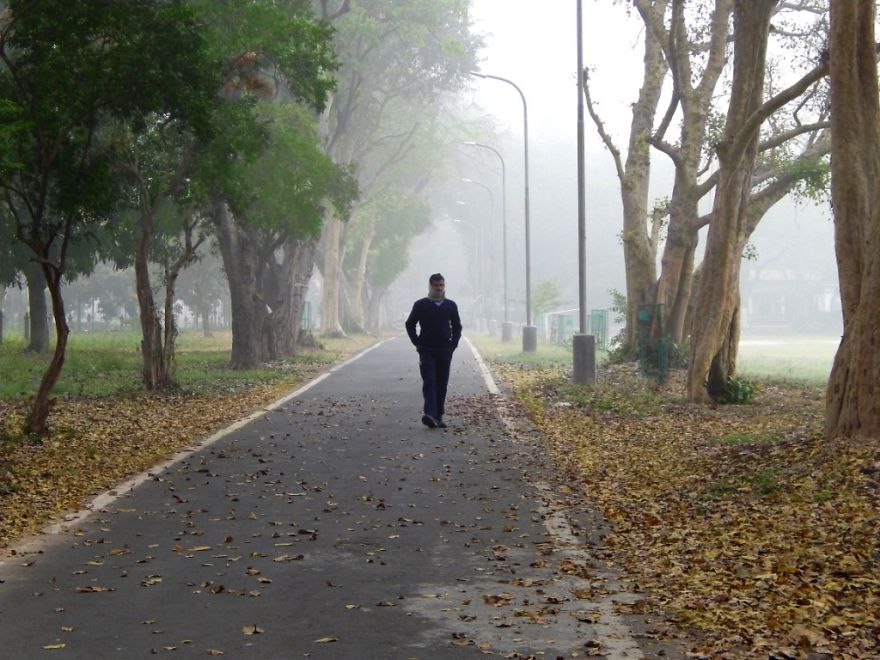
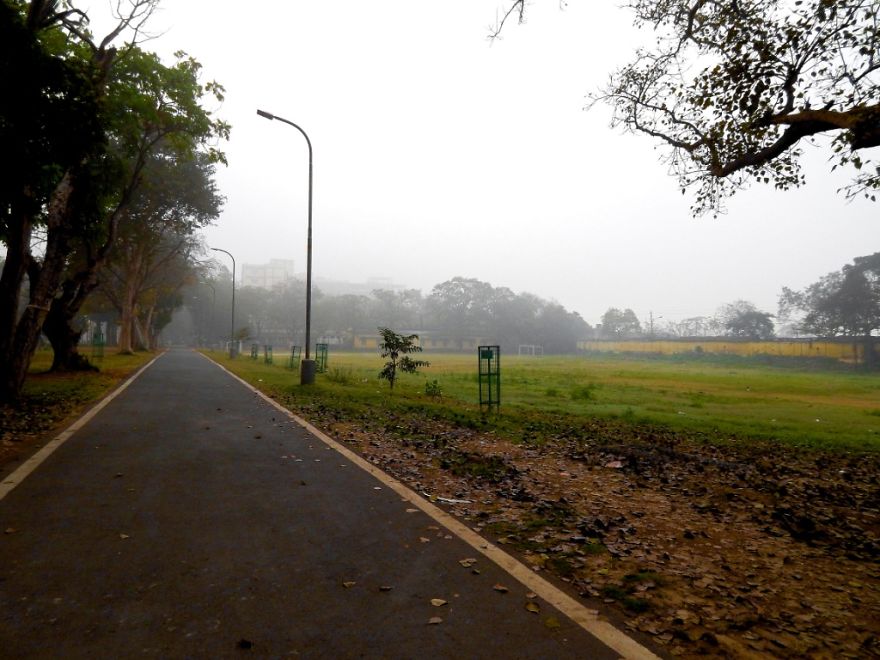
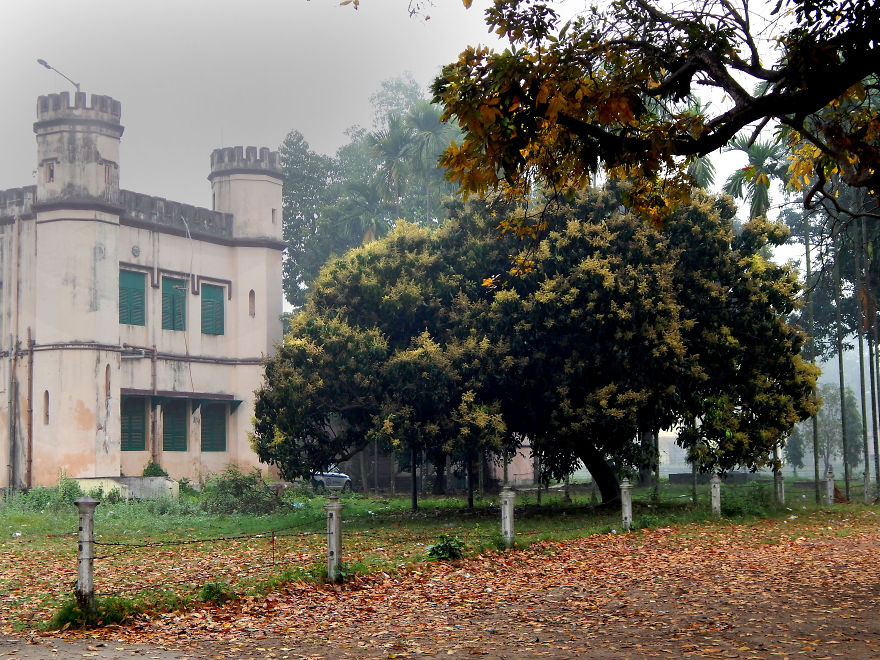
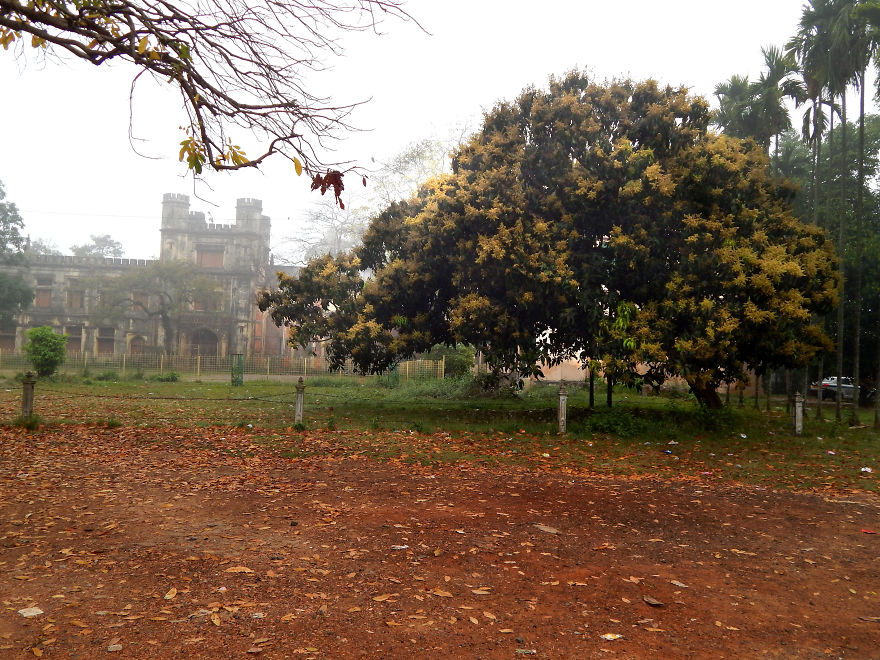
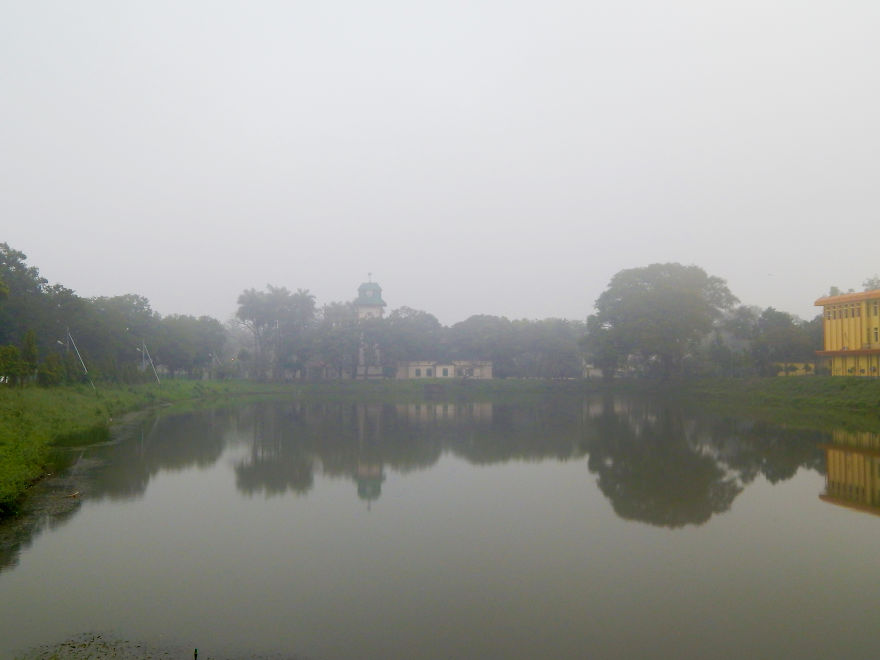
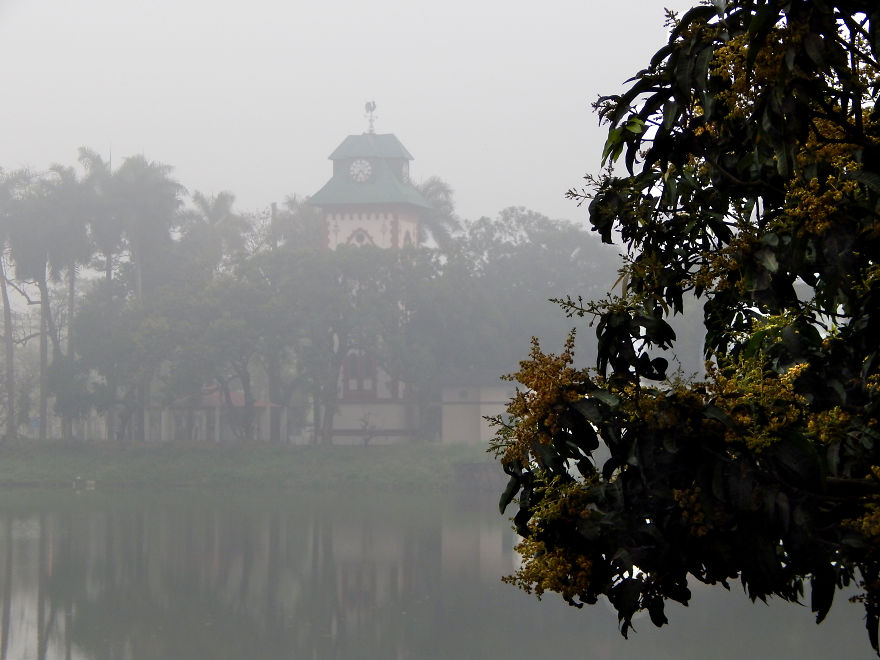
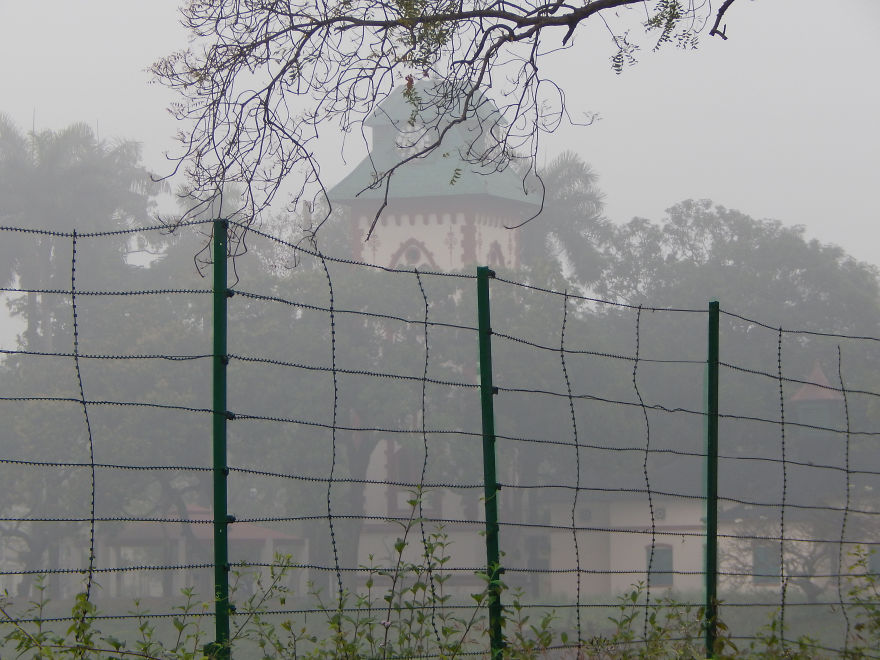
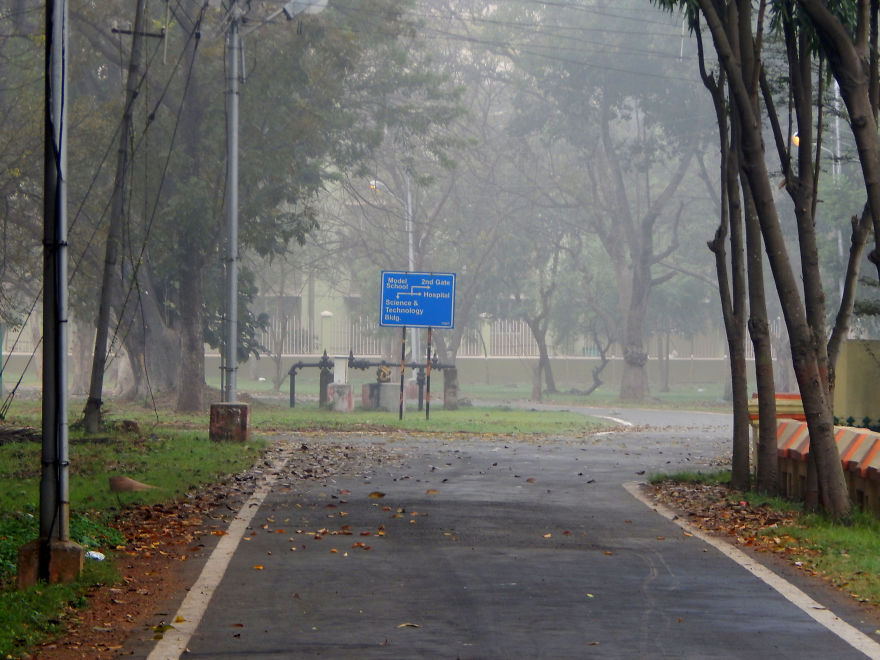
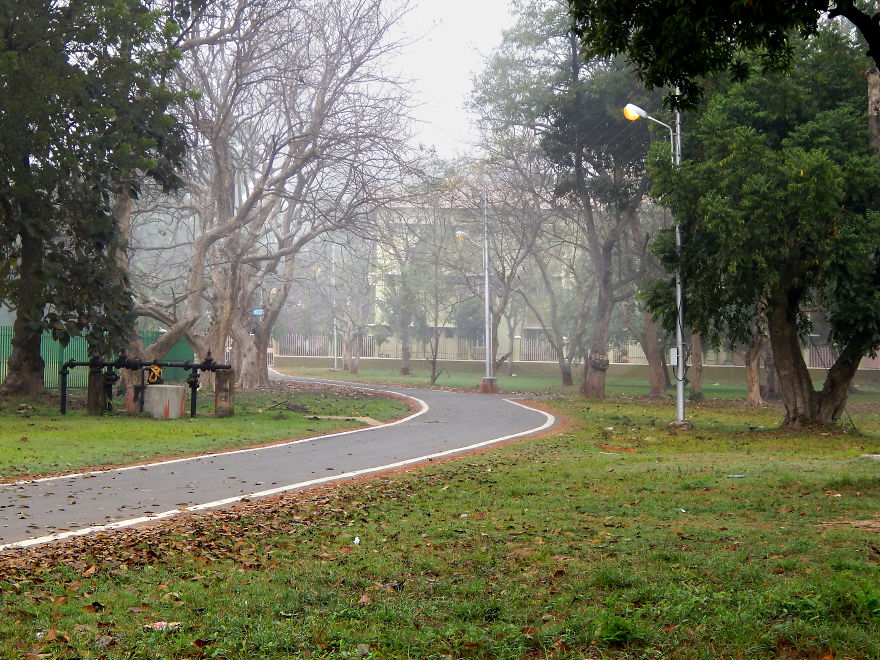
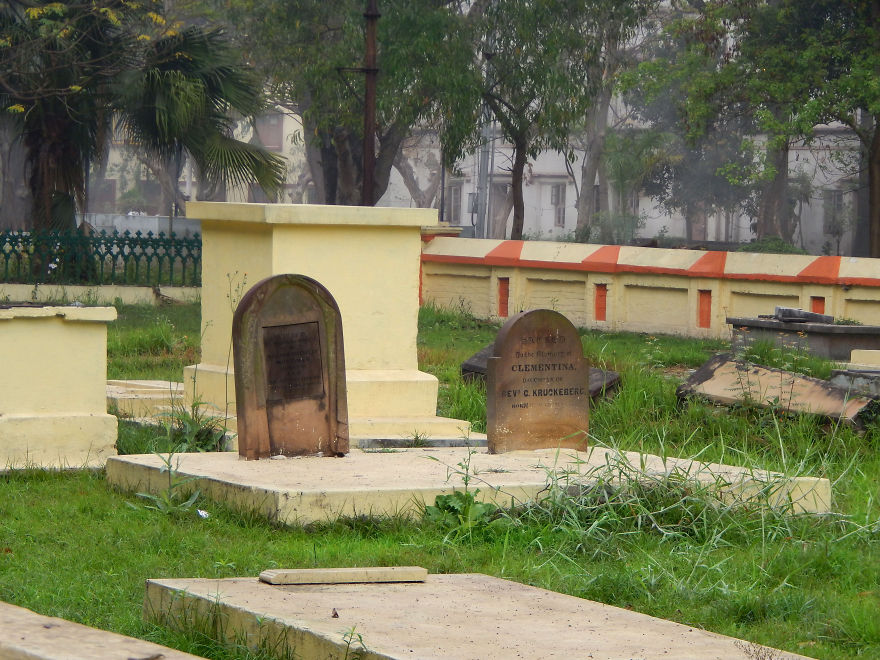
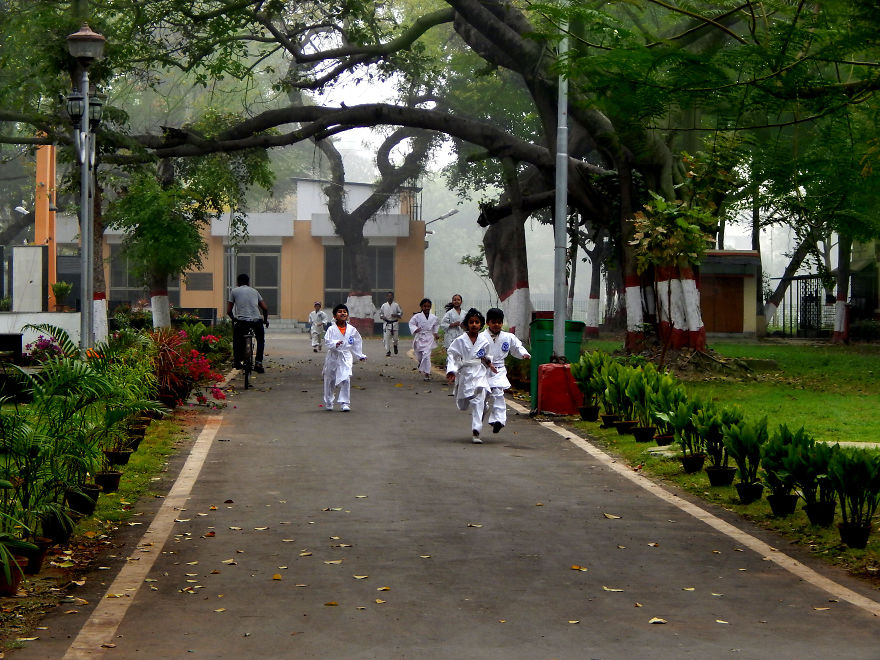
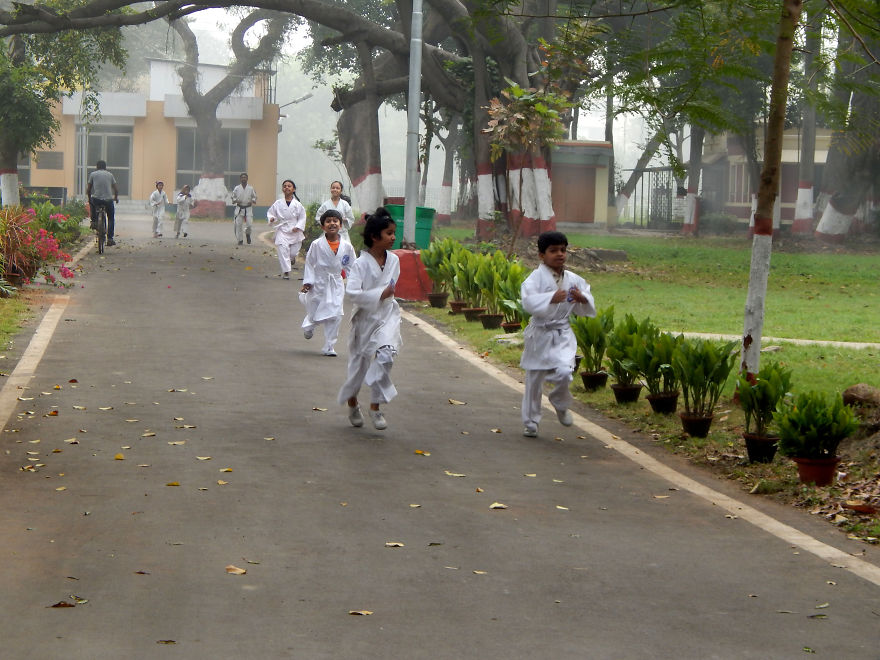
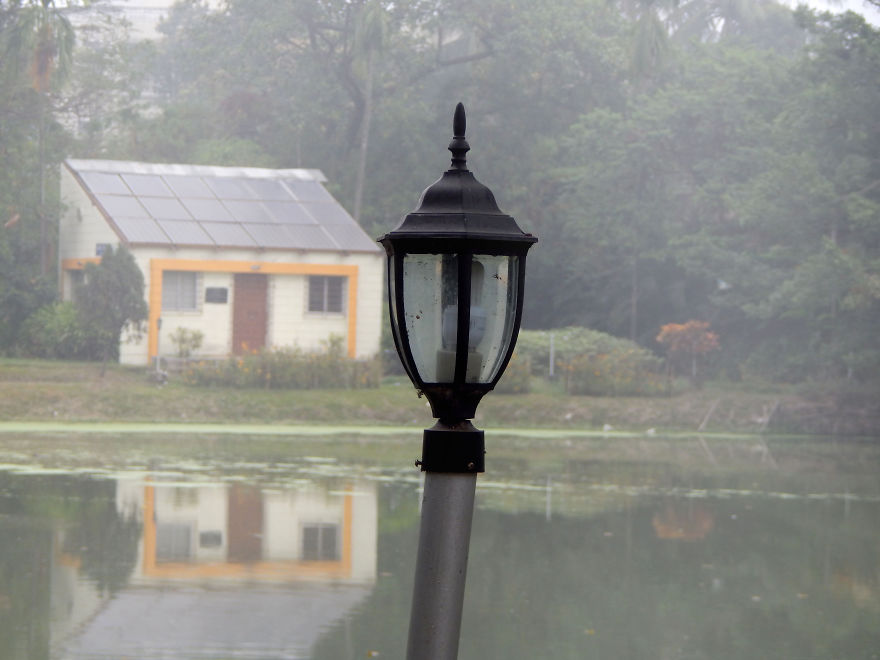
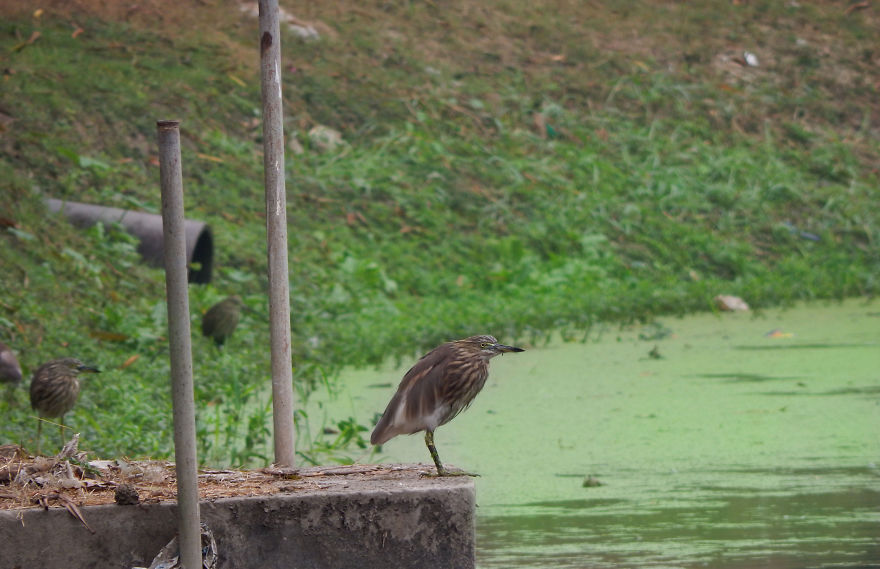
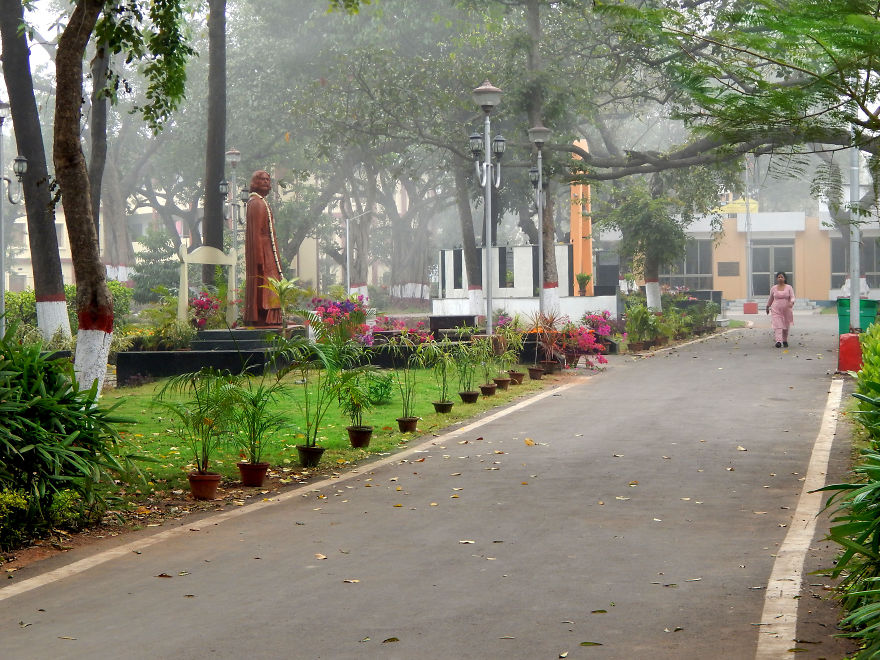
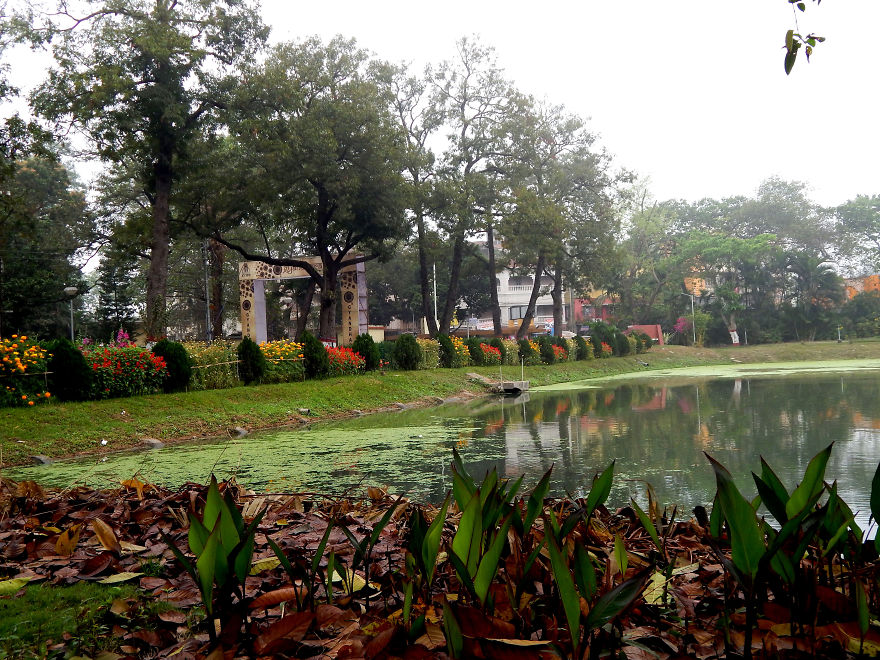



7
0